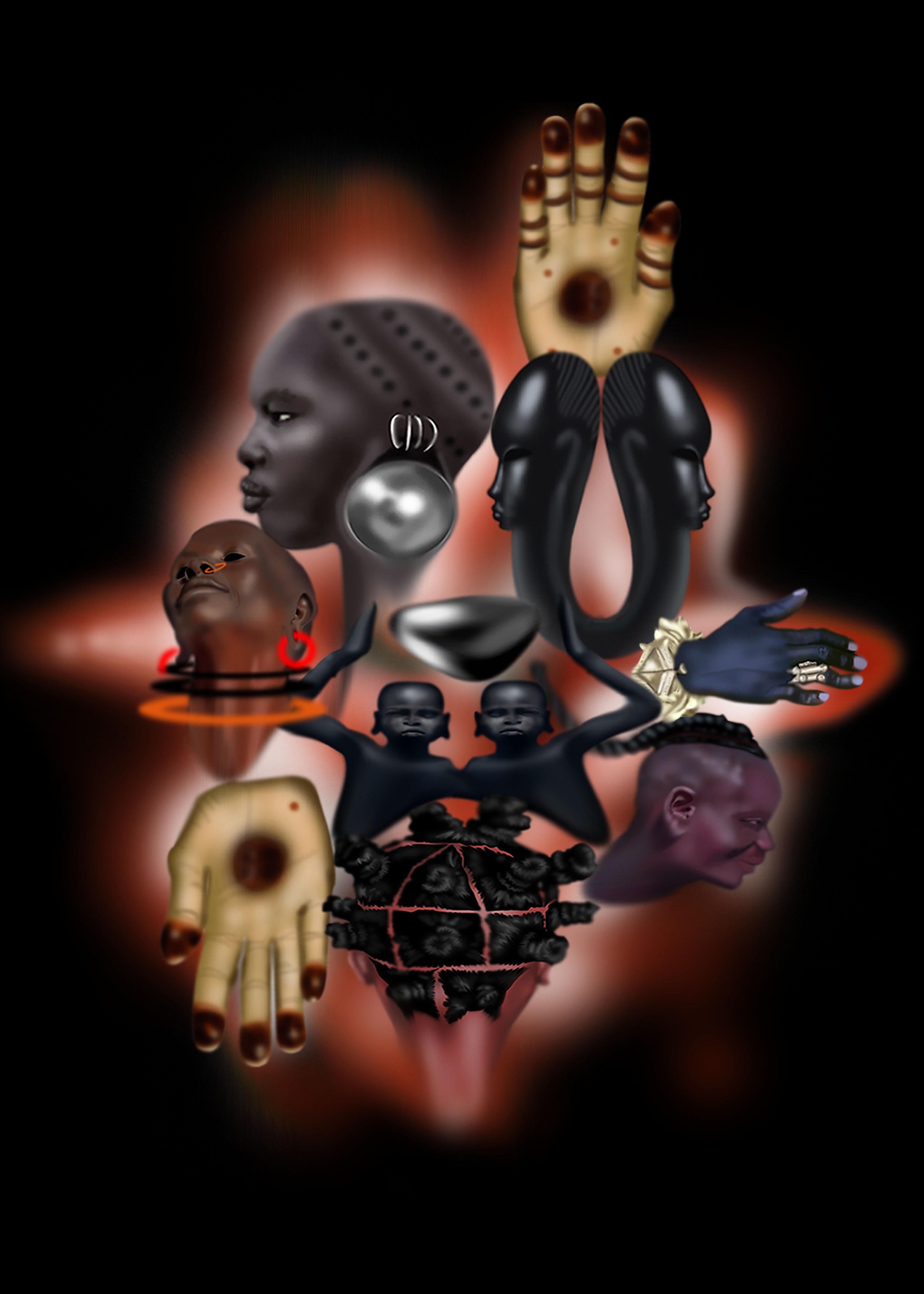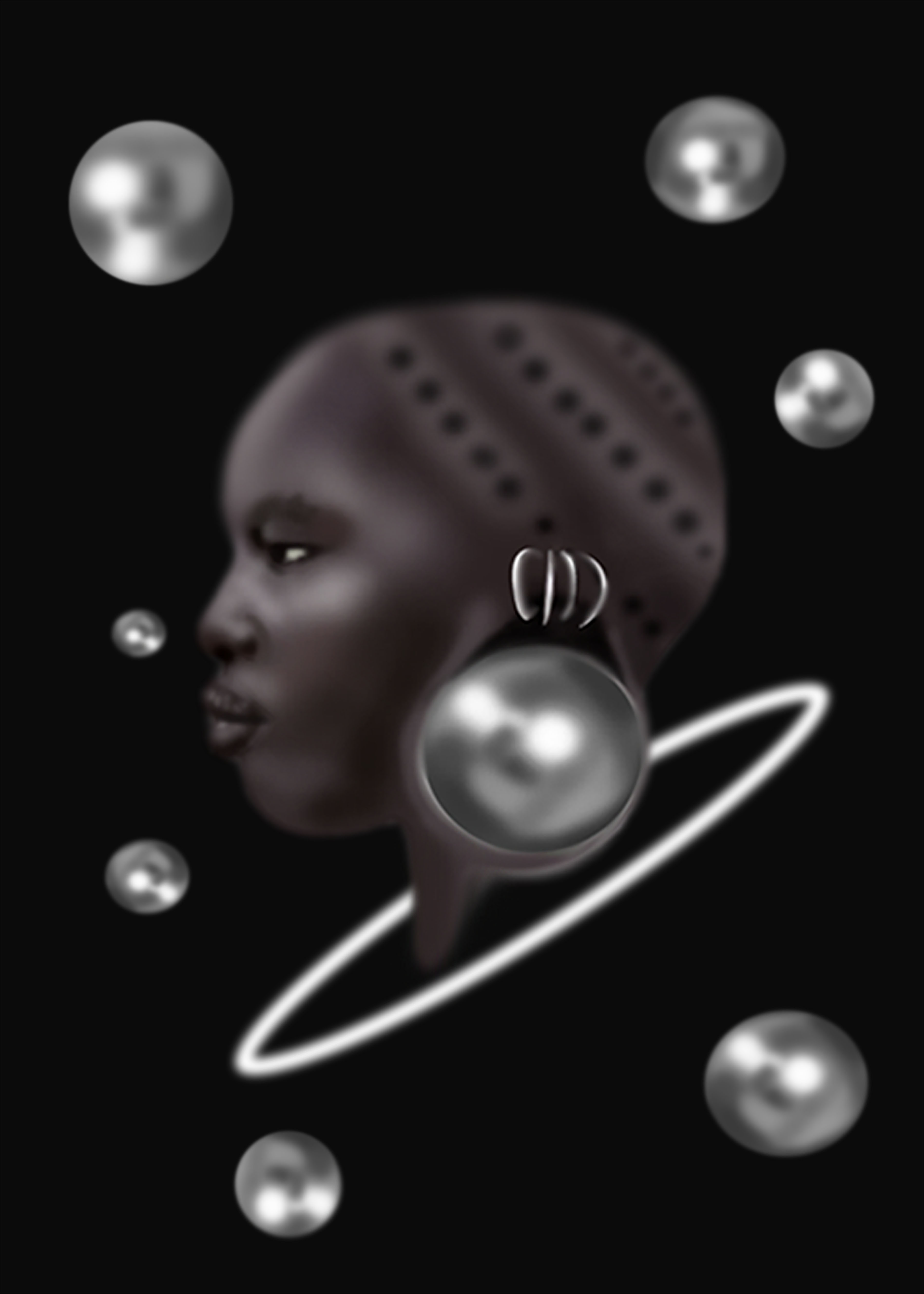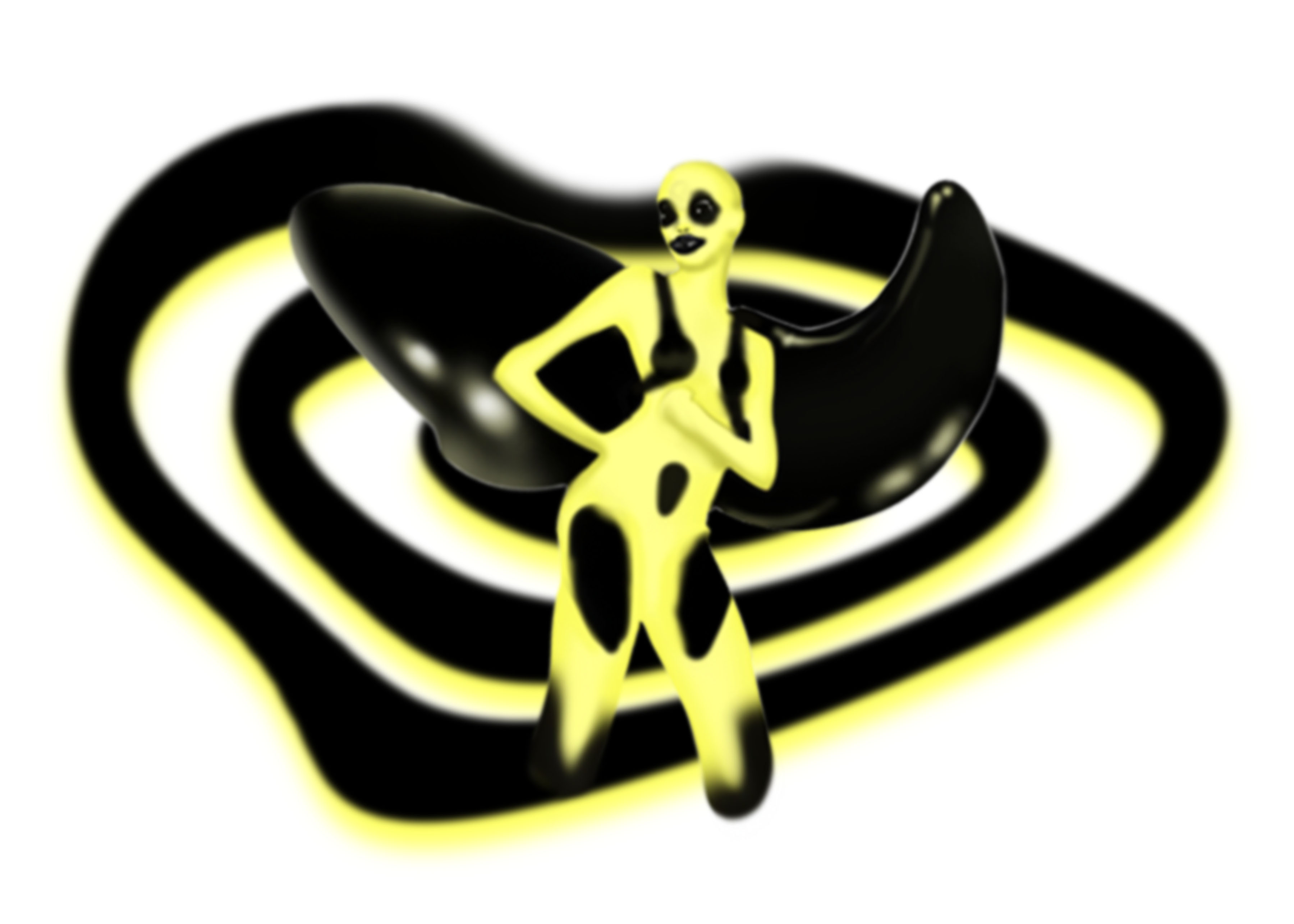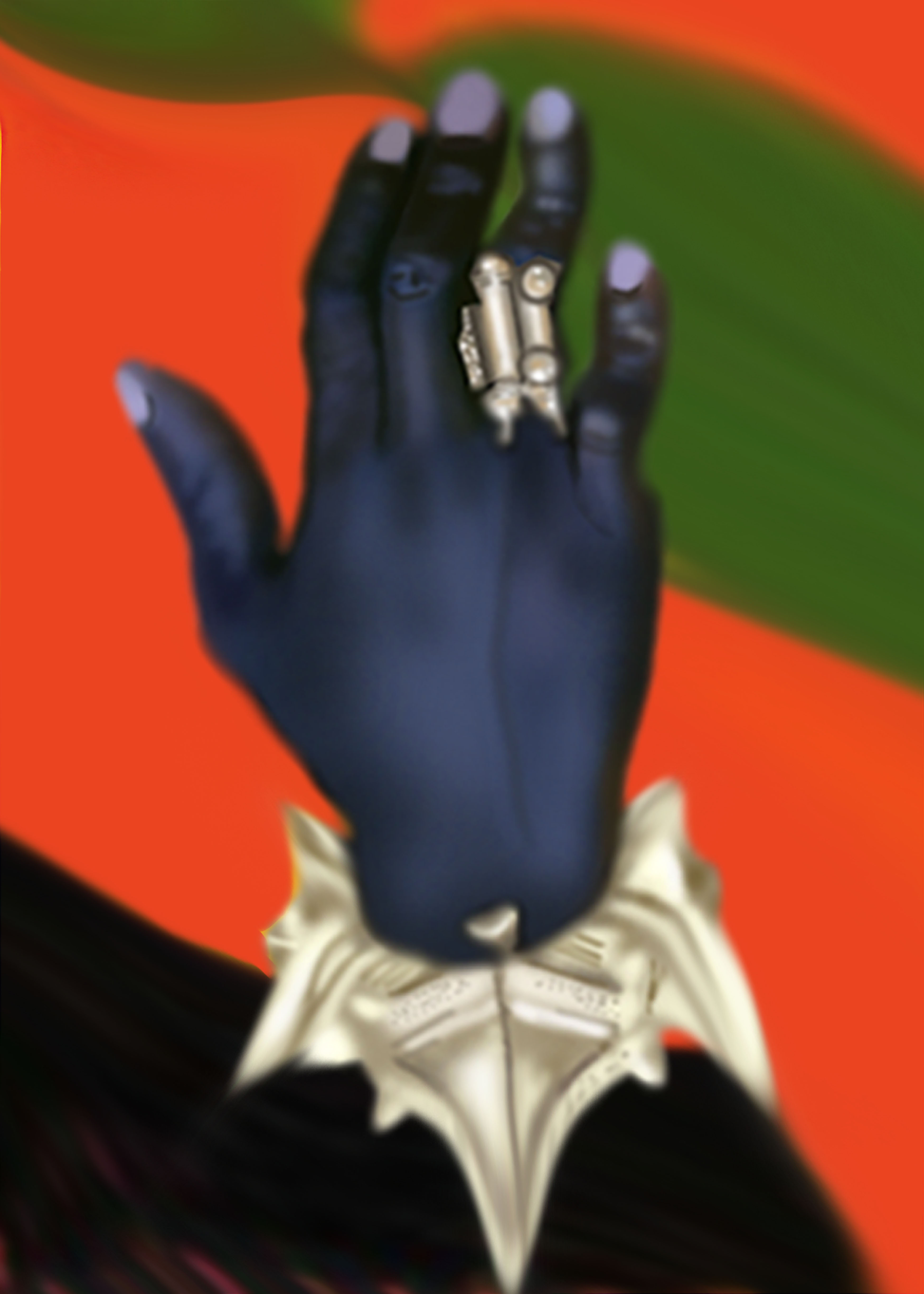
Moses Adesanya’s Homecoming Kaleidoscope
Tasked with creating a series of artworks to represent this year’s Homecoming theme, London-based Nigerian artist Moses Adesanya offers us a stunning series of works using his signature airbrushed aesthetic. Here, his powerful images look to celebrate the future of the African diaspora and its global influence.

Can you talk a bit about the artwork you have created for this project? What were the underlying themes and inspirations?
I decided to create a collage that focused on Africans expressing themselves within the contemporary pop culture sphere. The visual direction I took was influenced by the Congolese painters Chéri Samba and Chéri Cherin. I really like abstraction and distortion, so I was also looking at Rorschach (Inkblot) Tests to help give me an idea of how I could apply a distortion or ‘warp’ to the complete collage. When I was brainstorming, the title I had in mind was Homecoming Kaleidoscope. I wanted the overall piece to have a futurist essence to it.
How does it tie in to the overarching Homecoming concept?
Each of the subjects featured in my pieces was chosen due to their influence on the African continent and amongst the worldwide diaspora and beyond. Each subject, whether directly or symbolically featured, gives recognition to people of African heritage who have done or are doing very prominent things in their field. So the concept looks at the seeds of influence, and brings together a celebration of a - sometimes overlooked - trendsetting Africa.

How did you arrive at your distinctive airbrushed aesthetic?
I really love Japanese airbrush art from the 70s and 80s. Peter Sato really influenced my style - his pieces have a slick and sexy nature to them. I used to make a lot of hand-drawn works using black ink and fineliner pens, as at that time I was heavily inspired by Raymond Pettibon and Robert Longo. I felt kind of scared of using colour and drawing digitally! I knew what I wanted to create in my head but didn’t know how I could translate that via computer and colour. I reminded myself how to capture that airbrushed aesthetic via a post-it note stuck on my desk that said “blurred areas and soft edges”. I work pretty much 100% digitally now as it allows me to push myself and be more experimental with colour, composition and subject matter.
Can you tell us where you’re from and your journey to becoming an artist?
I’m Nigerian, born and raised in South East London. I grew up in Greenwich where I saw a lot of graffiti and met a lot of guys who were into it. That planted the creative seed in my mind. I didn’t really know much about Fine Art in the first half of my teens, as school didn’t teach much outside of how to draw bowls of fruit. It wasn’t until I reached college that I started to learn about artists and taught myself the tools I needed to become an artist.
After leaving college I had a real desire to pursue something creative as a career, so I would always make sure that in my spare time I was making something, whether it be a drawing, graphics or painting. Making images is something I love to do, no matter how dismal the future seems at the time.

What does it mean to represent the African diaspora in your work and how do you engage with this subject?
As a man of Black African background it’s very important for me to represent aspects of my heritage and the diaspora I’m a part of. For so long I never saw much representation of people who looked like me in things that came from the creative world. I made a conscious decision a few years ago to actively and consistently feature aspects of the African diaspora in my work.
I engage with the subject of representation by being aware of how easy it is to come across as insensitive and ignorant with what you create, no matter what type of creative you are. It’s possible for us to perpetuate the stereotypes of our own and other people’s ethnic or socio-economic groups unintentionally through lack of research, so what I create always gets considered over and over again so I can avoid making those errors.

How would you like to see Africa represented on the global stage?
Thoroughly, that’s how. I feel that the opportunities have gone to Africa in abundance in recent years given the rise of so many African models, musicians and sportsmen and women - although there are so many other pools of talent outside of these ones that haven’t yet been tuned into.
It would be a real shame if unique and talented individuals were overlooked because they aren’t based in the West or don’t have the resources or connections to realise their ideas as easily as people here in the West can. Thorough representation is very important for Africa, as if people aren’t aware that a particular type of talent exists somewhere then they will not look for it in those places.
Lastly, what would be your dream project to create?
I’d love to work on visual direction for a music video. Also something for the home, like some cool interior stuff, cute pillows and a cool mosaic for the bathroom!
How would you like to see Africa represented on the global stage?
Thoroughly, that’s how. I feel that the opportunities have gone to Africa in abundance in recent years given the rise of so many African models, musicians and sportsmen and women - although there are so many other pools of talent outside of these ones that haven’t yet been tuned into.
It would be a real shame if unique and talented individuals were overlooked because they aren’t based in the West or don’t have the resources or connections to realise their ideas as easily as people here in the West can. Thorough representation is very important for Africa, as if people aren’t aware that a particular type of talent exists somewhere then they will not look for it in those places.
Lastly, what would be your dream project to create?
I’d love to work on visual direction for a music video. Also something for the home, like some cool interior stuff, cute pillows and a cool mosaic for the bathroom!
